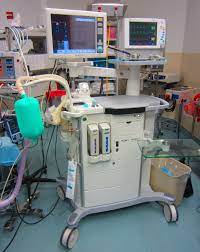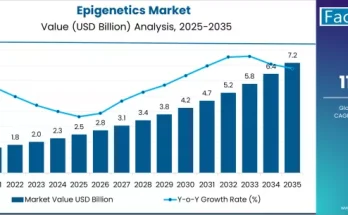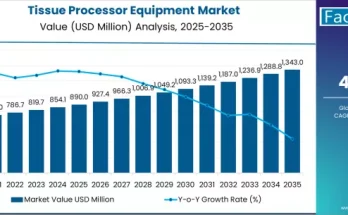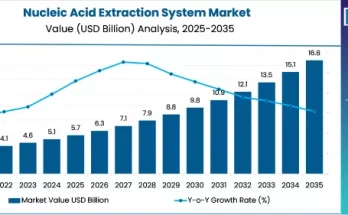Anesthesia Machines Market size is done based on a triangulation methodology that is primarily based on experimental modelling approaches such as patient-level data or disease epidemiology for any key indications , number of procedures and install base analysis for any equipment to obtain precise market estimations for the base year as well as in historic data analysis. Bottom-up approach is always used to obtain Anesthesia Machines insightful data for the specific country/regions. The country specific data is again analyzed to derive data at a global level. Specific factors/parameters are considered related to the individual Anesthesia Machines market and quantified with insightful rationale.
Increasing prevalence of diseases across the globe is generating huge demand for advanced healthcare system. As a result, more and more technologically advanced medical devices are being employed to aid medical Practitioners and professionals in medical setups. Sales of Anesthesia Machines devices are soaring rapidly.
The Market survey of Anesthesia Machines offers a comprehensive analysis of diverse features, including production capacities analysis of Anesthesia Machines, demand, product developments, revenue generation, and Size of Anesthesia Machines Market across the globe.
Click Here To get a Sample Report:-https://www.factmr.com/connectus/sample?flag=S&rep_id=96
Key Segments Covered in Anesthesia Machines Industry Research
-
Form
- Portable Anesthesia Machines
- Standalone Anesthesia Machines
-
Product Type
- Continuous Anesthesia Machines
- Intermittent Anesthesia Machines
- Modern Anesthesia Machines
- Anesthesia Ventilators
- Anesthesia Monitors
- Anesthesia Delivery Machines
- Anesthesia Workstations
- Others
- Anesthesia Portable Delivery Machines
- Anesthesia Standalone Delivery Machines
- Boyles Anesthesia Machine
- Computer Controlled Anesthesia
- Patient Monitoring Devices
- Anesthetic Machinery
- Anesthesia Information Management System (AIMS)
-
Subject
- Human Anesthesia Machines
- Veterinary Anesthesia Machines
-
Anesthesia Disposables and Accessories
- Anesthesia Masks
- Anesthesia Circuits
- Endotracheal Tubes (ETTs)
- Laryngeal Mask Airways (LMAs)
-
Clinical Indications
- Use of Anesthesia Machines in Nervous System Surgeries
- Use of Anesthesia Machines in ENT System Surgeries
- Use of Anesthesia Machines in Respiratory System Surgeries
- Use of Anesthesia Machines in Cardiovascular System Surgeries
- Use of Anesthesia Machines in Digestive System Surgeries
- Use of Anesthesia Machines in Urinary System Surgeries
- Use of Anesthesia Machines in Musculoskeletal System Surgeries
- Use of Anesthesia Machines in Skin System Surgeries
-
End User
- Use of Anesthesia Machines in Hospitals
- Use of Anesthesia Machines in Specialty Clinics
- Use of Anesthesia Machines in Ambulatory Surgical Centers
- Use of Anesthesia Machines in Point Of Care
Key stakeholders in Market including industry players, policymakers, and investors in various countries have been continuously realigning their strategies and approaches to implement them in order to tap into new opportunities.
Key Takeaways from Market Study
- Global anesthesia machines market to top US$ 20 Bn by 2031.
- Anesthesia monitors projected to reach around US$ 10 Bn by 2031.
- Standalone anesthesia machines projected to record above 3% CAGR over next 10 years.
- Continuous anesthesia machines expected to reach valuation of US$ 5 Bn by 2031.
- Market in North America holds share of more than 40%.
“Increasing research & development efforts to produce cost-effective and innovative anesthesia solutions is predicted to give strong growth possibilities for anesthesia machine suppliers,” says a Fact.MR analyst.
Market Competition
Majority of anesthesia machine manufacturers are working hard to raise medical technology standards in the field of anesthesiology.
- In September 2019, at the American Association for Respiratory Care (AARC) conference, Biovo technologies ltd. launched its latest HyperForm product range. HyperForm, a ground-breaking platform of disposable anesthesia and breathing devices, improves patient safety significantly above conventional alternatives.



